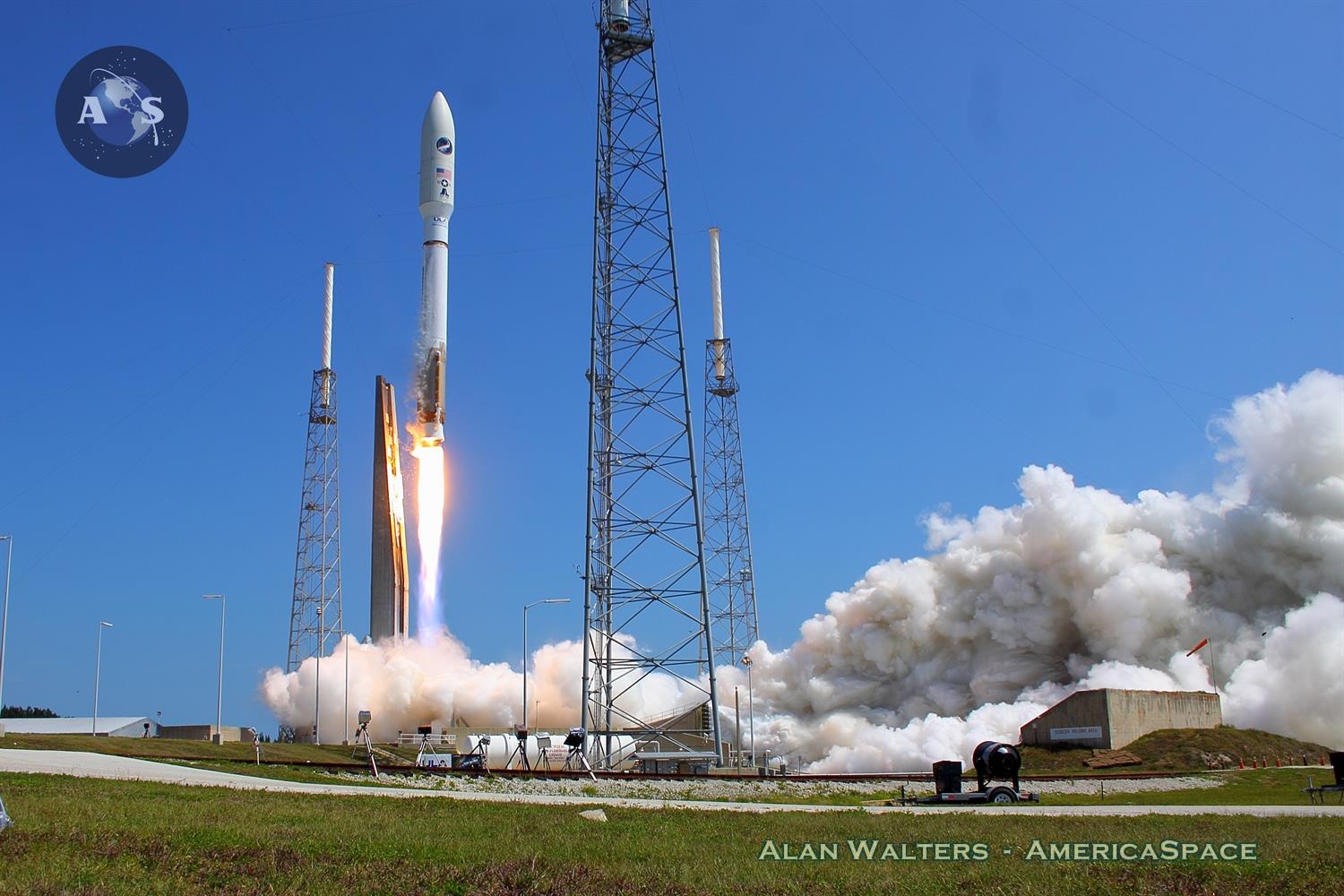
It was an unusually busy 2.5-hour Atlas-V secret mission that carried the U.S. Air Force/Boeing X-37B spaceplane aloft today, with its payload bay likely packed with optics and a slew of National Reconnaissance Office (NRO) small satellites attached to its Centaur. An unclassified Air Force Xenon thruster and NASA materials samples are also being elevated out of the bay, along with X-37B’s secret sensors.
The mission began with liftoff from Space Launch Complex 41 (SLC-41) at Cape Canaveral Air Force Station in Florida at 11:05 a.m. EDT, then climbing on a 61-degree azimuth. This was followed by separation of the X-37B spaceplane 15 minutes later in a 350 km (218 mi.) orbit inclined 39 deg. to the equator.
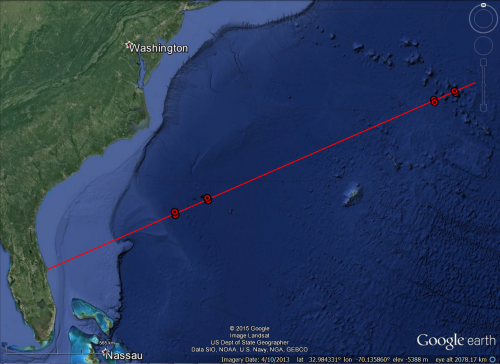
Then, in a rarely seen maneuver for a top secret mission, the Centaur was fired up again for a spectacular 18-degree plane change into a 57-degree orbit. It did this to climb into a 350 x 700 km (218 x 485 mi.) orbit, where 10 Cubesats were deployed out of the U.S. Navy’s ULTRAsat deployment mechanism mounted at the aft end of the Centaur. This included a NASA/Planetary Society 344 sq. ft. LightSail that Bill Nye, who directs the group, said will unfold 28 days after separation.
The cubesat deployments were all accomplished before a third Centaur burn put the upper stage into a dive for the Southern Indian Ocean near Antarctica within 2.5 hours of liftoff.
The Ultra Lightweight Technology and Research Auxiliary Satellite (ULTRASat), which consisted of the 10 CubeSats contained in eight Poly-Pico Orbital Deployers (P-PODs), were built by the California Polytechnic State University in San Luis Obispo, Calif.
The eight P-PODs were integrated into a structure built by the Naval Postgraduate School (NPS) in Monterey, Calif. Seven of the eight P-PODs contain a total of nine NRO-sponsored CubeSats, while one of the P-PODs has one NASA-sponsored satellite, the LightSail.
Most of the Cubesats were described in the AmericaSpace X-37B OTV-4 preflight story May 18, but two that were not are the GEARRS and OptiCubes Project. Their functions are:
- GEARRS: For Globalstar Evaluation And Risk Reduction Spacecraft. The demonstration is built around three Cubesats to demonstrate the use of the Globalstar constellation as a path for near continuous command and control of low-Earth orbit space vehicles. It has been developed by the Near Space Launch company and the Air Force Research Laboratory (AFRL) headquartered at Wright Patterson AFB, Ohio.
- OptiCubes: Developed by California Polytechnic State University (“Cal Poly”) Three 3U CubeSats provide on-orbit targets for ground assets to calibrate sensors for orbital debris studies and small-object tracking improvements.
In addition to being small and hard to track, cubesat numbers are on the rise, and once launched many of them will linger far beyond their useful lifetimes. There were 92 nano/microsats launched in 2013, 158 nano/microsats launched in 2014, and a predicted 2,000 – 2,750 nano/microsats to be launched within the next five years.
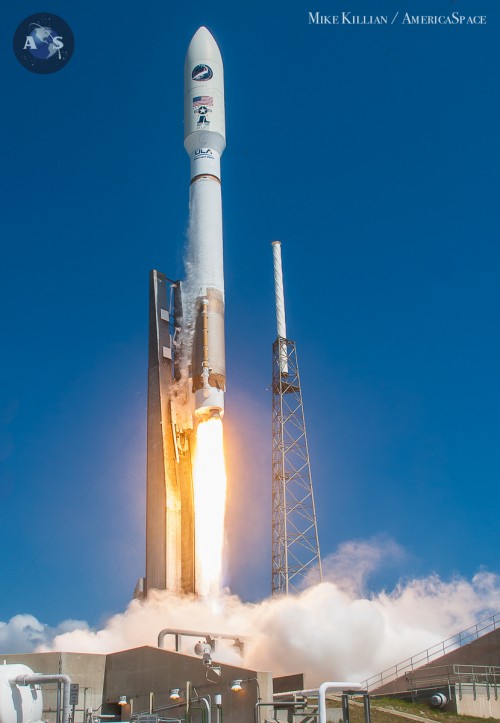
The Air Force has guaranteed NASA at least 222 days in space for a detailed materials exposure suite on this fourth flight of the X-37B. It is designated OTV-4/AFSC-5 for Air Force Space Command 5. AFSC-1 was flown using an expendable carrier.
The X-37B’s first flight launched April 22, 2010, and spent nearly 225 days aloft. The second X-37B mission was launched March 5, 2011, and spent 469 days aloft. The third mission was launched on Dec. 11, 2012, and spent 674 days in orbit.
Boeing built two X-37Bs, and they alternate missions. The Air Force has taken over two former space shuttle orbiter processing facilities (OPF’s) at next door Kennedy Space Center, where the spaceplanes will be processed from now on instead of at Vandenberg AFB in CA. X-37B landings on the KSC shuttle runway will follow.
Before launch, The Space Foundation selected the U.S. Air Force-Boeing X-37B Orbital Test Vehicle (OTV) Team to receive one of its top honors, the 2015 Space Achievement Award. The award was presented on April 13 during the opening ceremony of the 31st Space Symposium at The Broadmoor in Colorado Springs, Colo., co-sponsored by Northrop Grumman.
The award citation reads, “The 2015 Space Achievement Award is presented to the U.S. Air Force-Boeing X-37B Team, for significantly advancing the state of the art for reusable spacecraft and on-orbit operations, with the design, development, test and orbital operation of the X-37B space flight vehicle over three missions totaling 1,367 days in space,” said Space Foundation Chief Executive Officer Elliot Pulham.
The Space Achievement Award recognizes individuals or organizations for breakthrough space technology or critical milestones in the evolution of space exploration and development.
The launch marked the fourth flight of the X-37B, the fifth Atlas-V 501 rocket launch, and was the 54th Russian powered Atlas-V launch using the controversial RD-180 engine which, from a performance standpoint, has worked flawlessly.
BELOW: Photos of the AFSPC-5 launch with the OTV-4 X-37B and Lightsail spacecraft. Credits to Alan Walters, Mike Killian and Matt Gaetjens for AmericaSpace, all rights reserved.
Be sure to “Like” AmericaSpace on Facebook and follow us on Twitter: @AmericaSpace
Missions » Air Force OTV » Missions » Air Force OTV » AFSPC-5 »




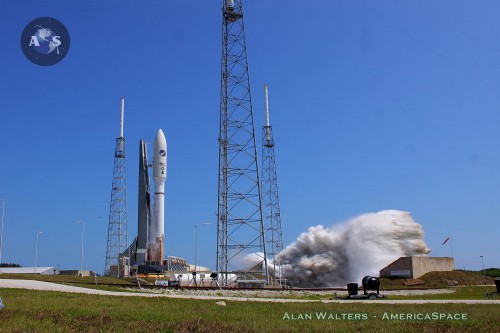
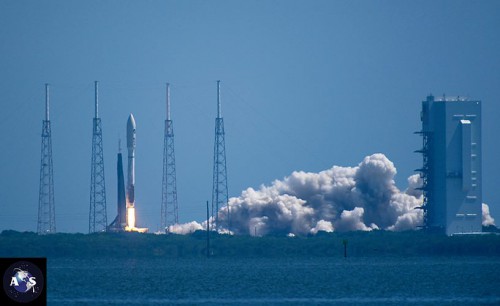
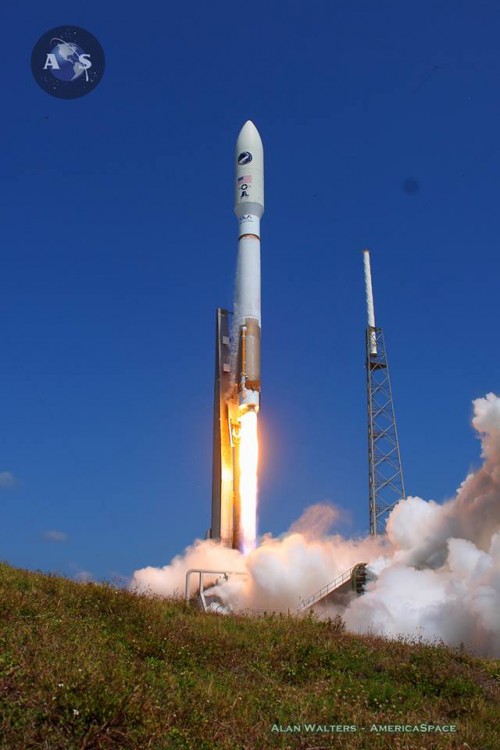
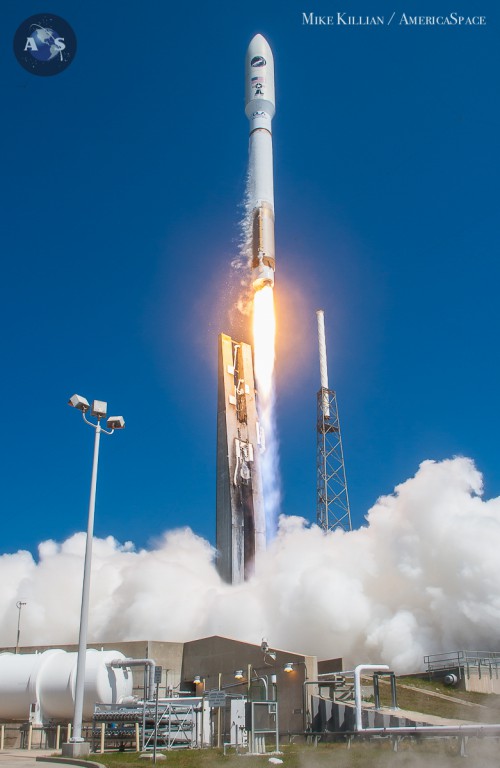
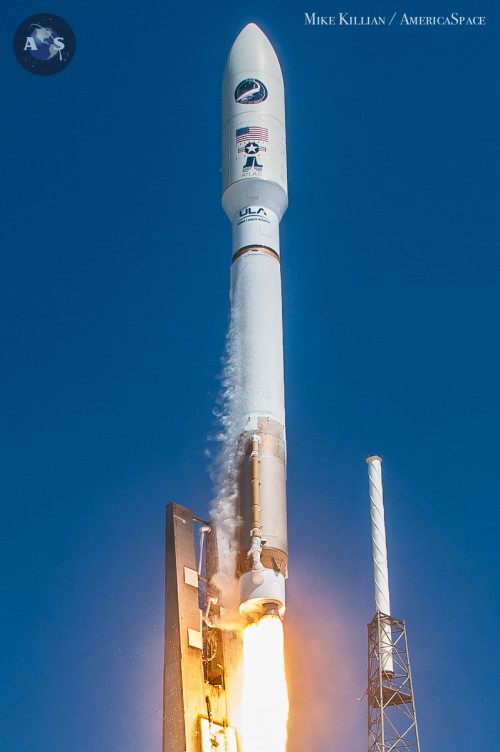
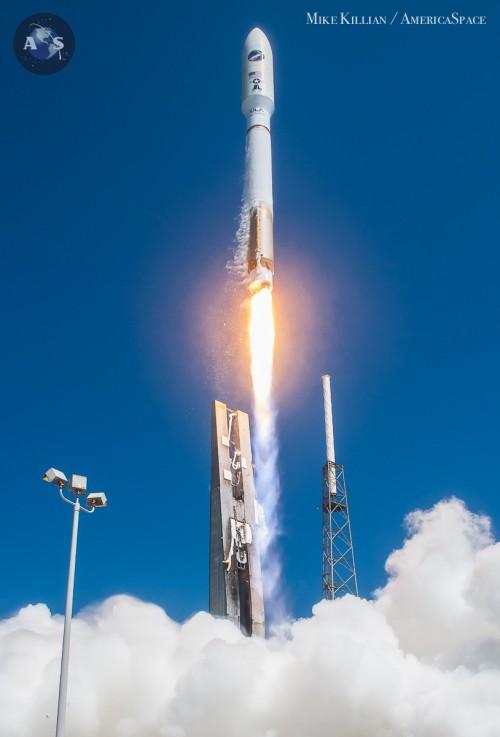
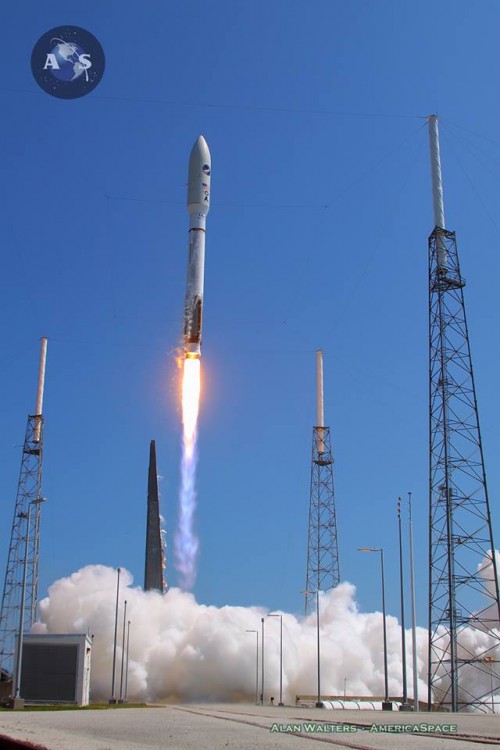
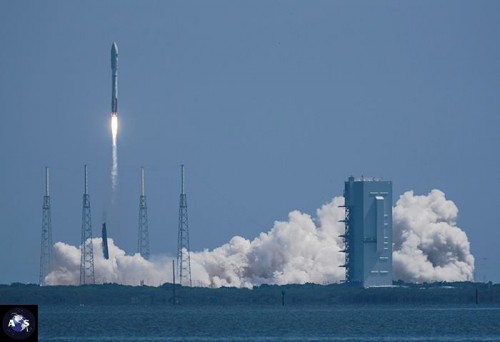
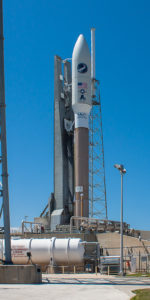
“-the 54th Russian powered Atlas-V launch using the controversial RD-180 engine which, from a performance standpoint, has worked flawlessly.”
The RS-68A is a superior engine in every respect except price. You get what you pay for. The entire “controversy” is a wag the dog to get money for developing an engine that is not needed.